Memorials
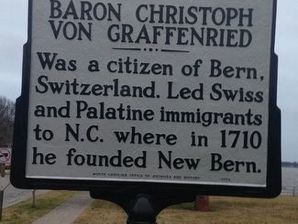
Was a citizen of Bern, Switzerland. Led Swiss and Palatine immigrants to N.C. where in 1710 he founded New Bern.

This Historical Mile Marker commemorates Baron Christoph von Graffenried who founded New Bern in 1710 after migrating to America. He led Swiss and Palatine immigrants to the New World.
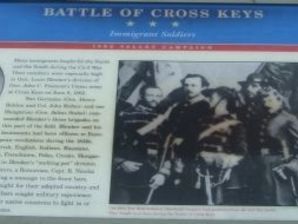
Many immigrants fought for the North and the South during the Civil War. Their numbers were especially high in Gen. Louis Blenker’s division of Gen. John C. Fremont’s union army at Cross Keys on June 8, 1862. Two Germans (Gen. Henry Bohlen and Col. John Koltes) and one Hungarian (Gen. Julius Stahel) commanded Blenker’s three brigades on this part of the field. Blenker and his lieutenants had been officers in European revolutions during the 1840s. German, Swiss, Irish, English, Italians,... Read More
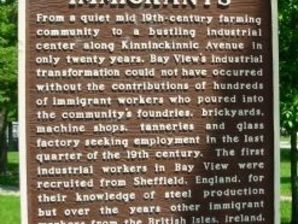
From a quiet mid 19th–century farming community to a bustling industrial center along Kinninckinnic Avenue in only twenty years, Bay View’s industrial transformation could not have occurred without the contributions of hundreds of immigrant workers who poured into the community’s foundries, brickyards, machine shops, tanneries and glass factory seeking employment in the last quarter of the 19th century. The first industrial workers in Bay View were recruited from Sheffield, England, for their... Read More
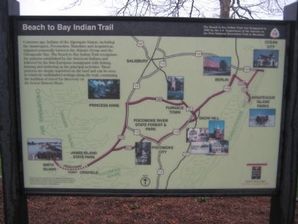
Centuries ago, Indians of the Algonquin Nation, including the Assateagues, Pocomokes, Manokins and Acquintacas, migrated seasonally between the Atlantic Ocean and the Chesapeake Bay. The Beach to Bay Indian Trail recognizes the patterns established by the American Indians and followed by the first European immigrants with fishing, farming and timbering as the principal activities. These patterns are deeply imprinted on the land and can be seen in relatively undisturbed settings along the trail... Read More
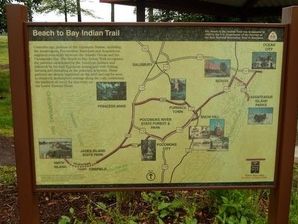
Centuries ago, Indians of the Algonquin Nation, including the Assateagues, Pocomokes, Manokins and Acquintacas, migrated seasonally between the Atlantic Ocean and the Chesapeake Bay. The Beach to Bay Indian Trail recognizes the patterns established by the American Indians and followed by the first European immigrants with fishing, farming and timbering as the principal activities. These patterns are deeply imprinted on the land and can be seen in relatively undisturbed settings along the trail... Read More
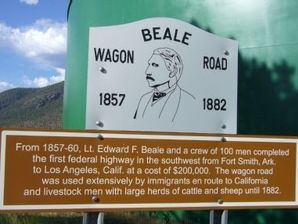
From 1857-60, Lt. Edward F. Beale and a crew of 100 men completed the first federal highway in the southwest from Fort Smith, Ark. to Los Angeles, Calif. at a cost of $200,000. The wagon road was used extensively by immigrants en route to California and livestock men with large herds of cattle and sheep until 1882.

Many indigenous children were forced to study at the Beauval Indian Residential School, and in 1927 a fire at this school killed 19 indigenous students.
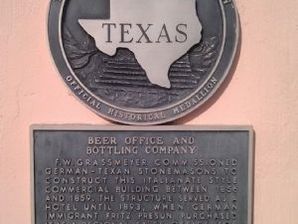
F.W. Grassmeyer commissioned German-Texan stonemasons to construct this Italianate style commercial building between 1856 and 1859. The structure served as a hotel until 1893, when German immigrant Fritz Presun purchased it as a regional sales office for large American breweries. In 1897 Presun added a bottling operation, the Crown Soda Factory. His son Henry continued the business and also sold oil and gas here.
Recorded Texas Historic Landmark - 1983
